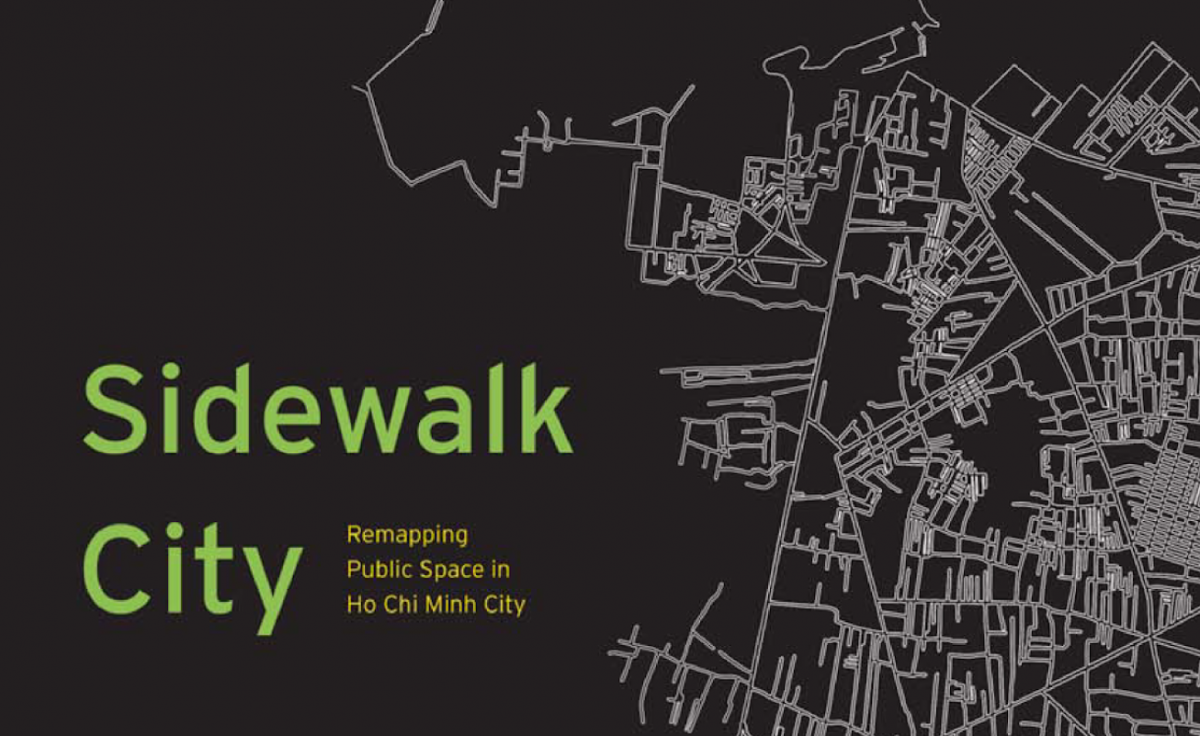Is how space designed, layout and construed simply a work on paper or is it more?
We delve into the article exploring how legislation and human activities affect how a city system is structure.
The author interestingly brings in her postmodern perspective, deconstructing the original intent of city planning as just a mere means of creating an efficient overall structure, and introduces the concept that “urban design has responsibility to ethnography”.
And from there we learn how to marge these two diverging paradigms into a harmonious design system, where human nature and instinct coincide and live abiding the rules.
An interesting dilemma brought up is how design, being mainly placed in the hands of the elite, is couched in deep-seated political inequality, due to ignorance or indifference, further marginalizing the poor, lower income groups who make a living on the public space, by taking that space away from them. The opposing idea is one of designing with social justice in mind, to create alternative space typologies that cater to every person.
However, designers have argued that advocacy planning; keeping in mind of social concerns, have often resulted in uninspiring designs and this causes designers to lose their core focus.
The reading also presents how “lab-based”, idealistic designs wouldn’t work well in the real world, for the real world is fraught with social issues and needs that need to be addressed in design.
“Intelligent design solutions require a deeper understanding of the design problem.” The writer makes a salient point by introducing how city states are an immigration hub, and design should transform itself from being native and local, to being international and cosmopolitan, to be able to suit a “heterogeneous public”.
But then so, how do we combine spatial analysis of serving the “heterogeneous public” and preserving “ethnography” and the essence of what makes the country’s sidewalks what it is?
The explanation of the solution is definitely easier than its execution. To build a spatial ethnography of the sidewalk, and integrate social relations and physical space, we need to use visual research methods, and also reconsider and restructure sidewalk paradigms.
This gets me thinking:
In Singapore, much of our history is erased or poorly taught and documented. This has allowed our infrastructure and sidewalks to be built representing an era post-historical baggage. This system, while efficient, does nothing to preserve whatever distinct cultural roots or local flavor that our nation has sorely lacked, and continues to come up empty with.
To preserve our waning culture, and to promote the growth of new ones, should we forgo Singapore’s deep-rooted virtues of efficacy and do some restructuring of the public space? Or should we continue on progressing towards greater modernity and not attempt to construct some space of belonging for our historical past?
